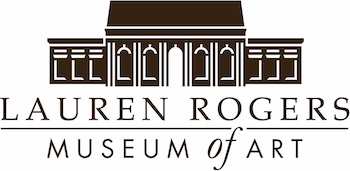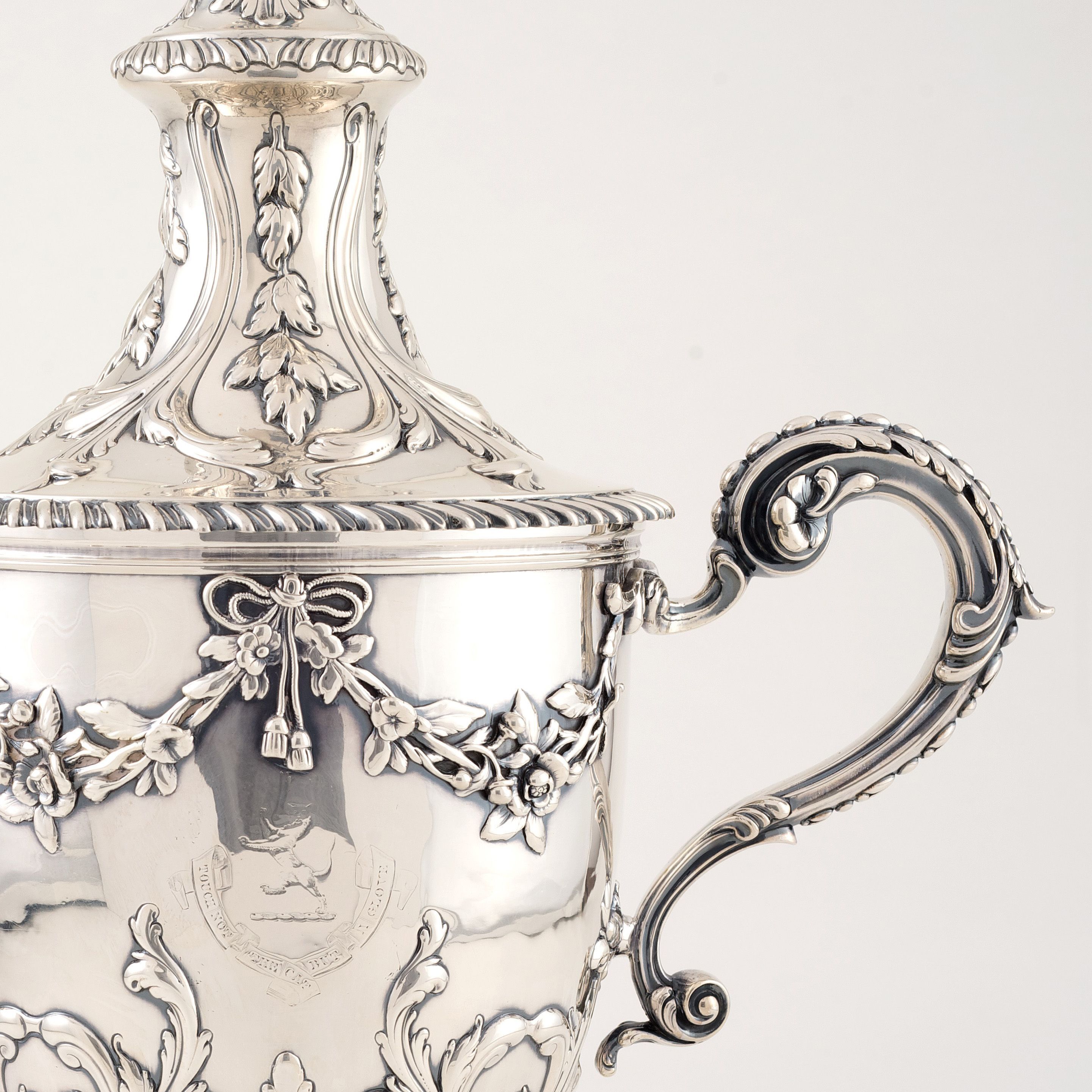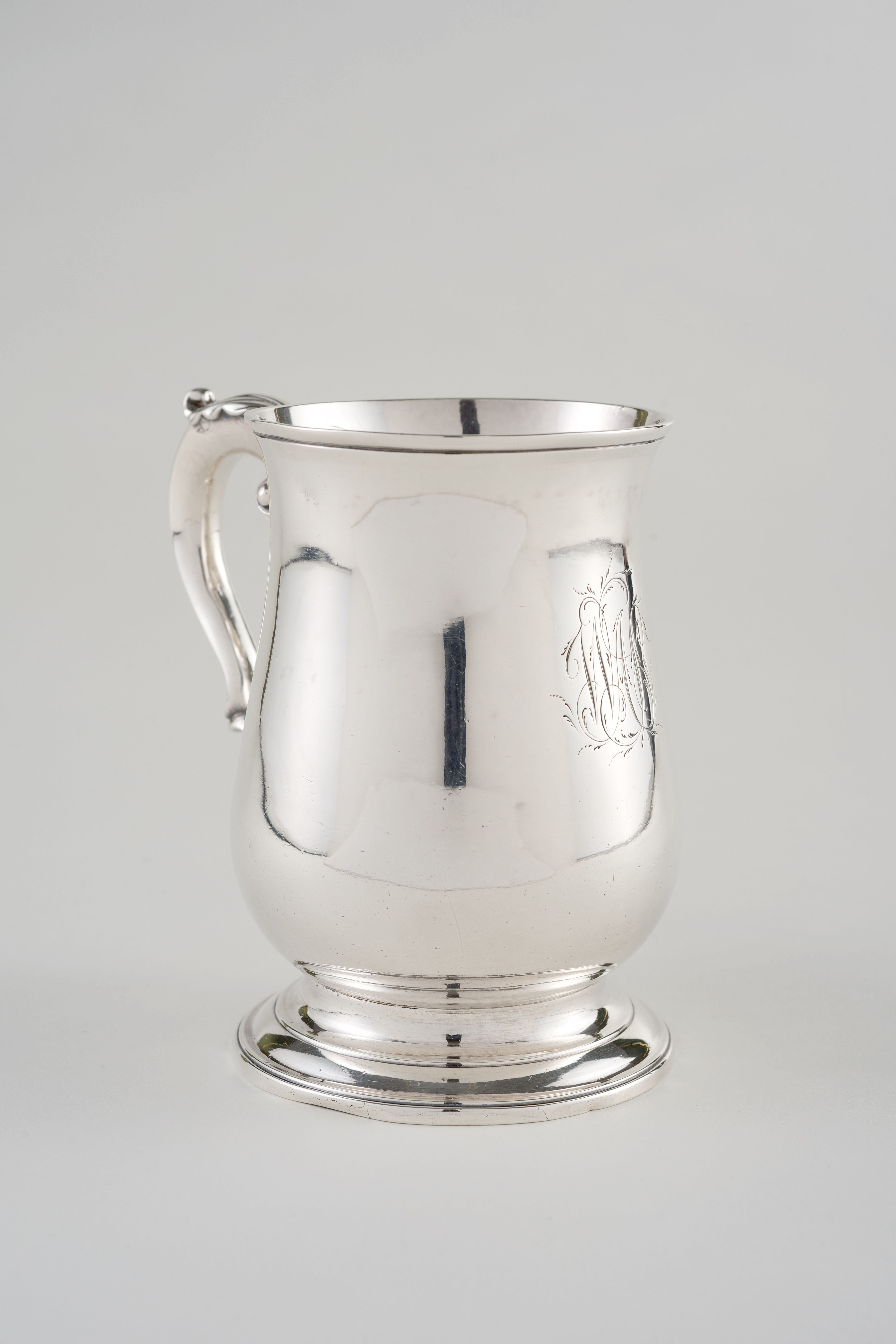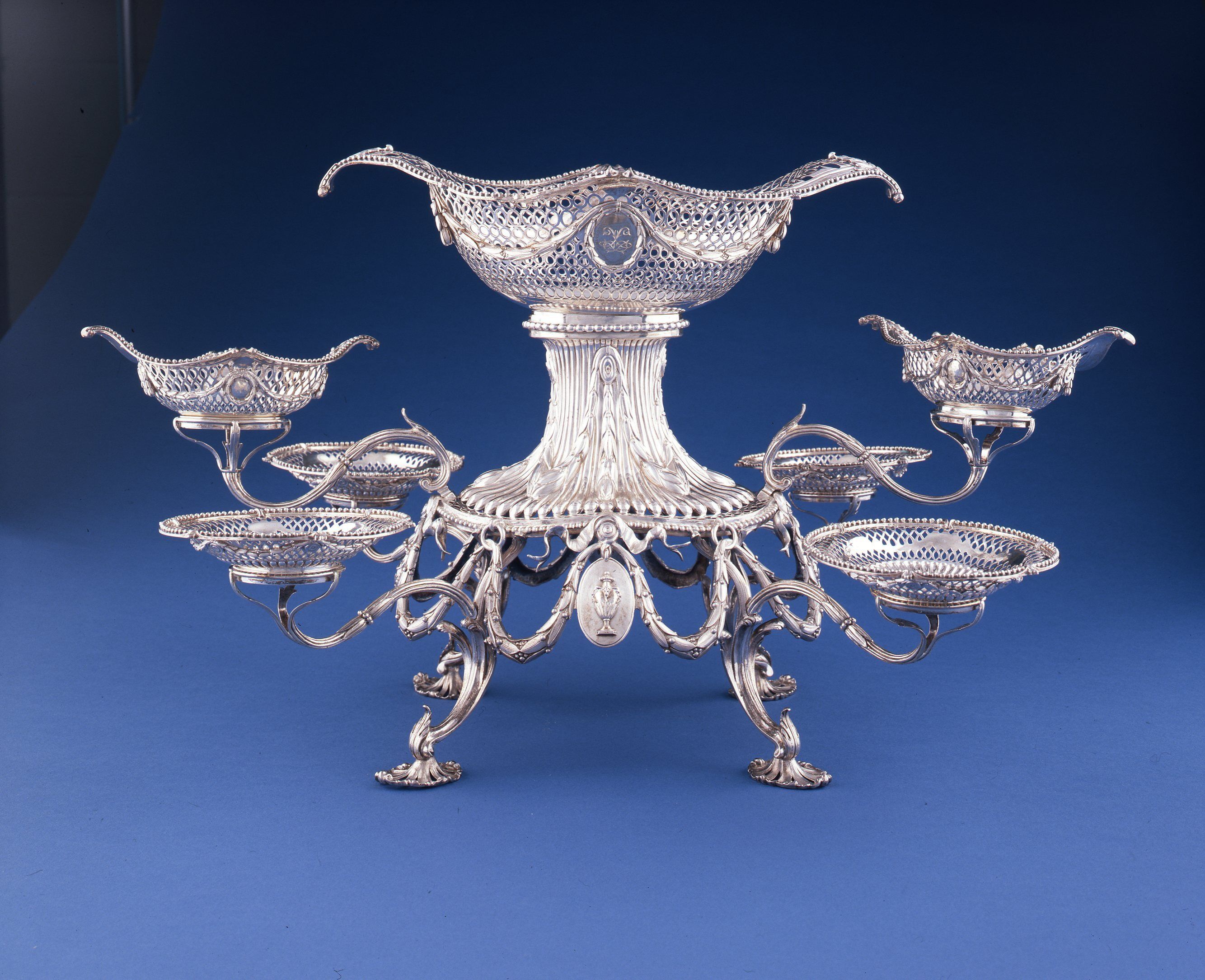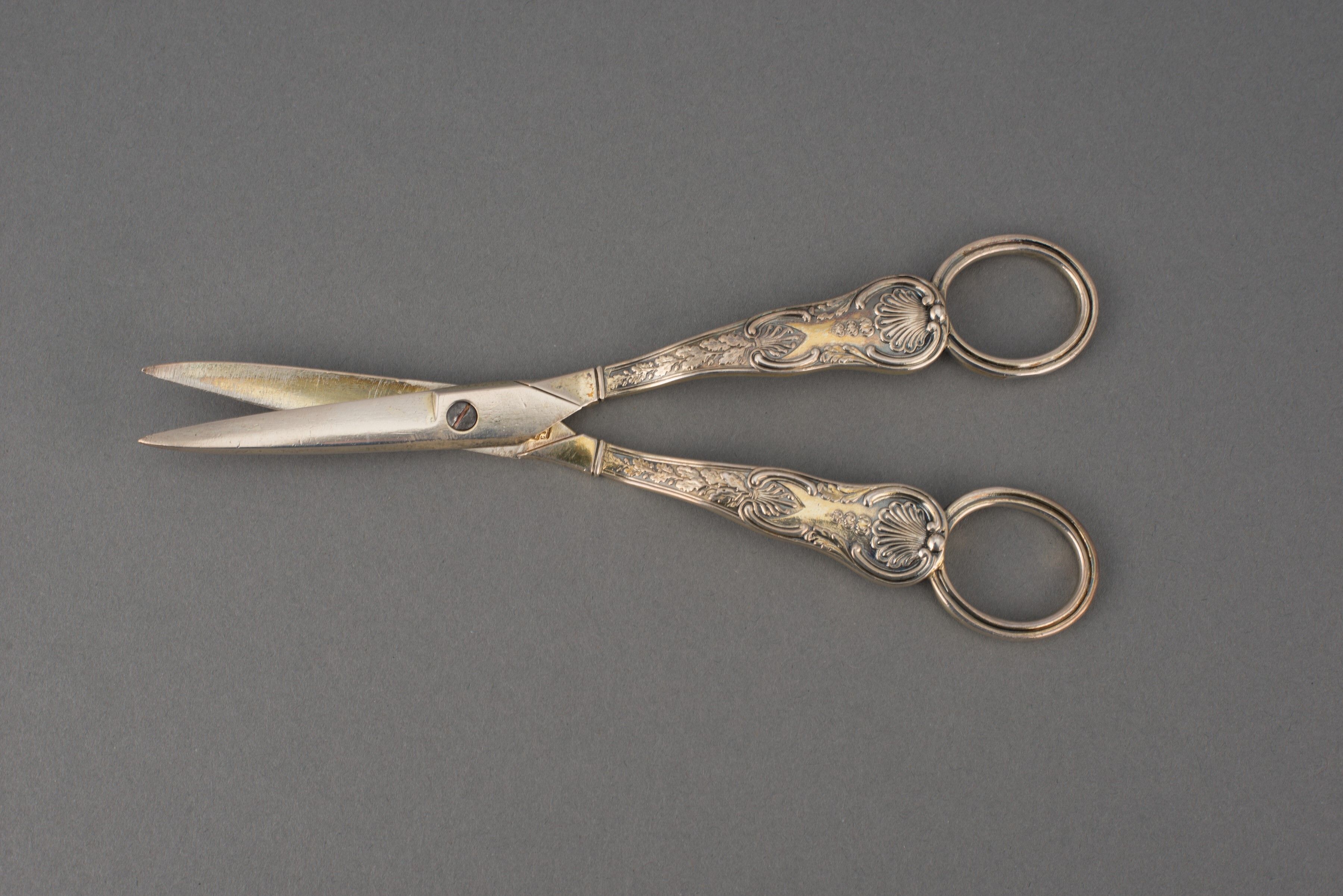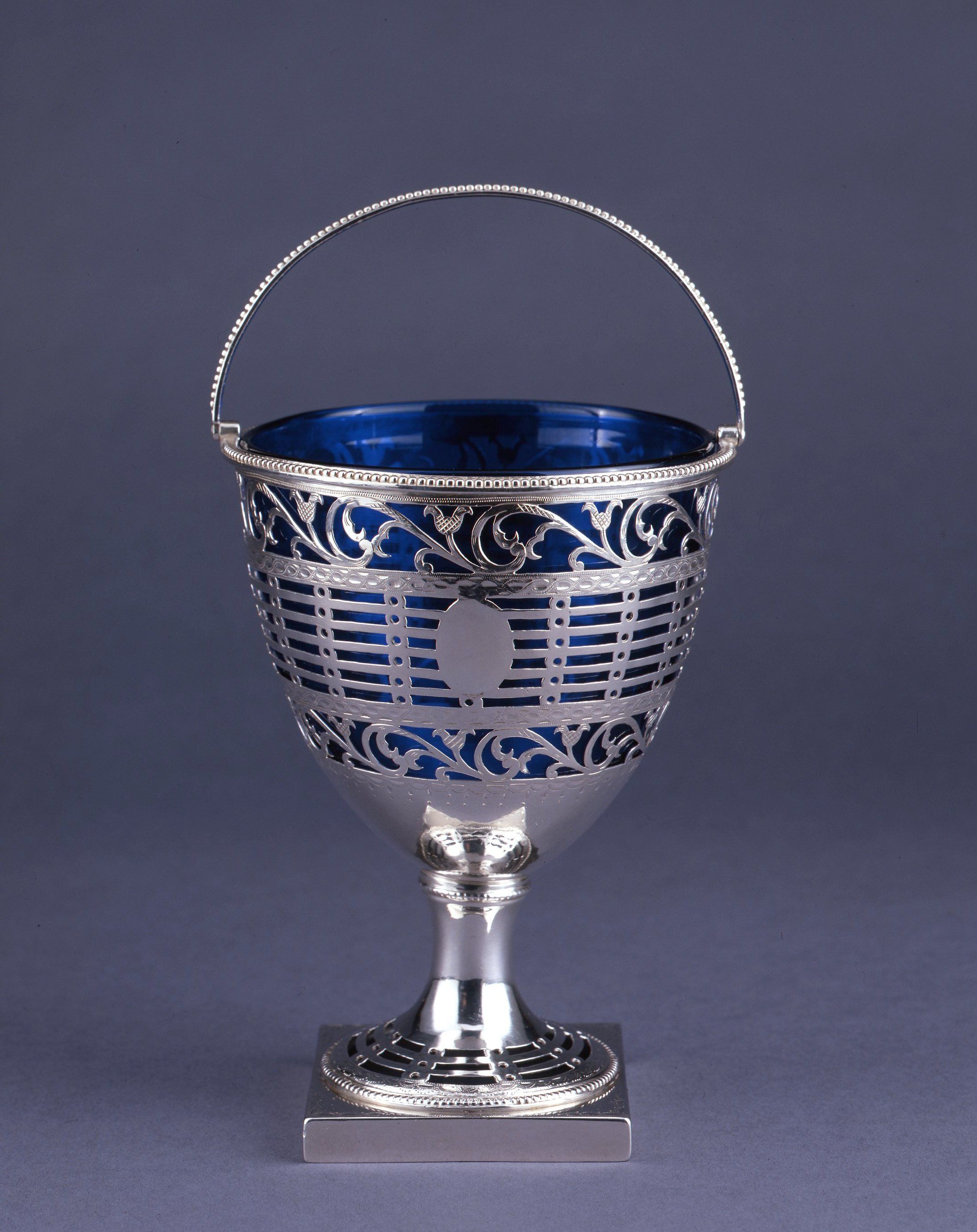The British Georgian Silver Gallery is temporarily closed for renovations.
The Georgian period in British history (1714 to 1830) is regarded by many as the pinnacle of elegance and refinement in art and architecture, and it produced some of the finest silver and other decorative arts ever made. Silver objects were produced in a wide variety of styles during the Georgian era, and they fall into two basic tendencies. The first and more dominant trend was based on classical Greek and Roman decoration and architecture, and include the Baroque and Neoclassical styles. These were interspersed with the anti-classical styles of Rococo and Neo-Gothic. Georgian silversmiths used these diverse styles to produce multitudes of silver objects, from the simplest of spoons and the plainest drinking vessels like Hester Bateman’s Mug (1778) to elegant personal objects and dramatic table centerpieces such as Thomas Pitts’s Épergne (1773).
Dining habits brought elegant silver pieces to the Georgian table, such as Paul de Lamerie’s Pair of Dishes (1746) and Paul Storr’s Soup Tureen on Stand (1794–1795). The popular customs of serving tea and coffee brought with them specific equipment like coffeepots, kettles, sugar tongs, teapots, hot water urns, and tea canisters. The pleasures of drinking alcohol were enhanced by specialized forms, such as strainers, coasters, and labels for bottles. In addition to objects connected to food and drink, silversmiths supplied the affluent with various domestic items. Candlesticks helped to bring light into dark homes; inkstands aided men of business; and silver rattles like the one produced by Joseph Taylor kept babies entertained. The Museum’s collection reflects the assortment that Georgian silversmiths had to offer.
Many Georgian workers, male and female, were involved in the making and selling of silver objects, including designers, retailers, and shop managers. Craftspeople included plateworkers, who hammered out solid silver from the ingot; largeworkers, who specialized in large hollowware pieces for table service or church use such as teapots, baskets, tankards, and cups; and smallworkers, who made objects such as small boxes, flatware, and service utensils like the elegant grape shears (1816) produced by William Eley I and William Fearn.
Most of the works in the British Georgian Silver Collection were donated to the Museum by the late Harriet and Thomas Gibbons. From the mid-1920s until 1959, Mr. Gibbons was the publisher of the Laurel Leader-Call, and Mrs. Gibbons was the editor. Their passion for silver resulted in an admirable and well-focused collection of British silver luxury goods of the Georgian era. They donated these and various ceramics, furniture, and paintings to the Lauren Rogers Museum of Art over several years beginning in 1971; the last objects were given in 1982 after Harriet’s death. The Museum had acquired Georgian silver pieces from the Nina Eastman Rogers Estate before the Gibbonses’ gifts began and has continued to add silver to the collection since. Recent acquisitions include a sugar basket (1778) by Hester Bateman given in memory of Museum docent and silver enthusiast Shirley Leggett, a silver-mounted coconut cup (1799) by William Parker and Benjamin Simpson purchased with funds given in memory of Stewart Gilchrist, and a chocolate pot attributed to Daniel Sleamaker and purchased with funds donated in memory of Betty Mulloy.
